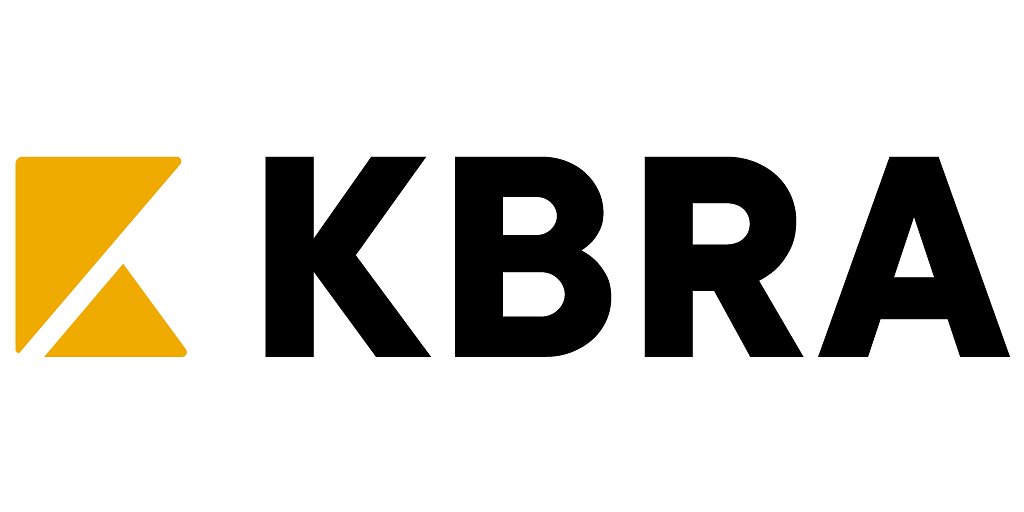
Non-Conforming Mortgages Rise: KBRA Rating Signals Shift in MBS Market
A new rating from KBRA highlights a growing trend in the mortgage-backed securities market: a surge in non-conforming loans. Is this a sign of increased risk or a healthy expansion of credit access?
Non-Conforming Mortgages Rise: KBRA Rating Signals Shift in MBS Market
NEW YORK, NY – November 21, 2025
A Growing Trend in Non-Agency MBS
Kroll Bond Rating Agency (KBRA) recently assigned preliminary ratings to $328.7 million of mortgage-backed securities (MBS) from J.P. Morgan Mortgage Trust 2025-INV2. While routine in the vast MBS market, this transaction stands out due to its high concentration of non-conforming mortgages – loans that don’t meet the purchasing guidelines of government-sponsored enterprises like Fannie Mae and Freddie Mac. This trend, coupled with increased activity from alternative rating agencies like KBRA, is drawing attention to a potential shift in the landscape of residential mortgage finance.
According to KBRA’s analysis, 63.1% of the mortgages backing this particular MBS are non-conforming. This is a significant figure, especially when compared to the historically dominant market share of conforming loans. While the overall volume of non-agency MBS remains smaller than the conforming market, it has experienced a dramatic increase in recent years. “We're seeing a clear uptick in these types of transactions,” noted one industry analyst. “Lenders are exploring opportunities outside the traditional GSE channels, and investors are, to some extent, demonstrating an appetite for this increased risk.”
KBRA Challenges the Established Order
The growing prominence of KBRA as a rating agency also warrants attention. For years, Moody’s, Standard & Poor’s, and Fitch have dominated the credit rating landscape. However, KBRA has been steadily gaining market share, particularly in the non-agency MBS sector. “KBRA is positioning itself as a more nimble and independent voice,” said one source familiar with the agency's strategy. “They aim to provide a fresh perspective on risk assessment, and their increasing activity is forcing the larger agencies to re-evaluate their methodologies.”
Data indicates KBRA's non-agency MBS business grew by 118.3% in 2024. This growth is partially attributed to their focus on specialized sectors, such as expanded-credit mortgages (ECM) and investment property financing—exactly the type of loans featured in the J.P. Morgan MBS. While the agency doesn’t necessarily disagree with the ratings assigned by the larger firms, analysts have observed instances where KBRA’s assessments diverge. “They’re not afraid to offer a different opinion,” stated a portfolio manager who has been monitoring KBRA’s ratings activity. “This can be valuable for investors seeking a more nuanced understanding of the risks involved.”
Investment Properties and the Shifting Housing Market
The J.P. Morgan MBS is unique in that it is entirely backed by mortgages secured by investment properties. This suggests a growing demand for rental housing and a potential shift in the dynamics of the residential market. “We're seeing more investors enter the market, purchasing properties to rent out,” explained a real estate professional. “This is driving up prices and creating a tighter supply of available homes for owner-occupants.”
While investment properties can offer attractive returns, they also carry different risks than primary residences. “Borrowers who are purchasing investment properties may have different financial profiles than those buying homes to live in,” said one mortgage underwriter. “They may be more leveraged and have less stable income streams.” The fact that this particular MBS is backed by a high percentage of non-conforming investment property loans highlights the need for careful risk assessment.
The Weighted Average Original Combined Loan-to-Value (CLTV) for the pool is 68.6%, which appears relatively conservative given the typically higher CLTV limits set by agencies for investment properties. However, some experts believe the overall trend toward higher leverage in the rental market is cause for concern. “We need to monitor these metrics closely to ensure that the market doesn't overheat,” cautioned one financial analyst.
It’s important to note that a growing non-conforming sector doesn’t necessarily indicate a return to the reckless lending practices that contributed to the 2008 financial crisis. “The underwriting standards are much tighter today,” said one industry veteran. “Lenders are still conducting thorough credit checks and verifying borrowers' income. However, the increased availability of non-conforming loans does introduce additional risks that investors need to be aware of.”
KBRA’s detailed loan-level analysis and its ongoing refinement of its methodologies demonstrate a commitment to rigorous risk assessment. Their growing influence in the MBS market is a welcome development, fostering greater transparency and accountability.
📝 This article is still being updated
Are you a relevant expert who could contribute your opinion or insights to this article? We'd love to hear from you. We will give you full credit for your contribution.
Contribute Your Expertise →